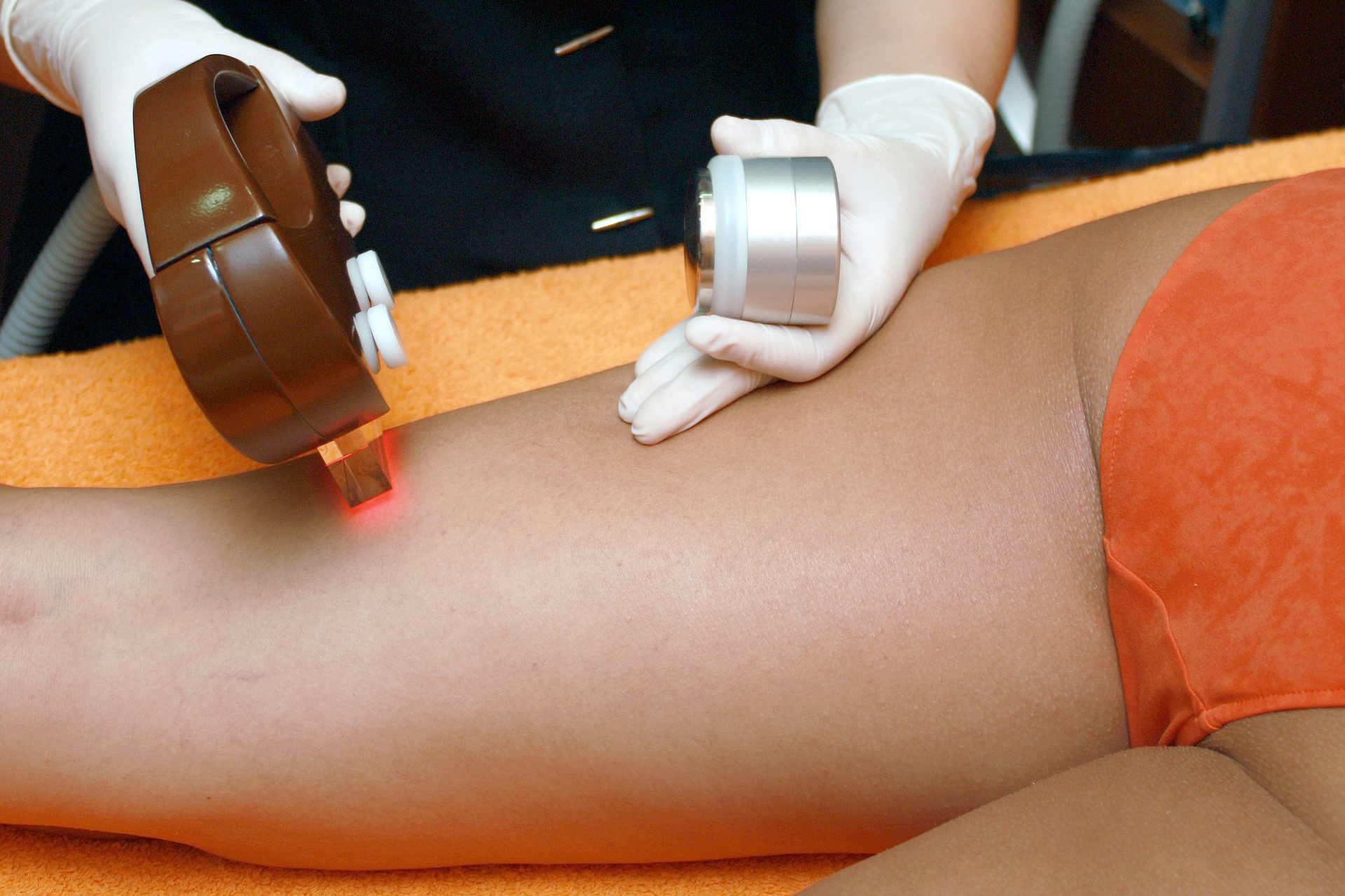Lab Created Diamonds: What You Need To Know*
You might be very familiar with the topic of lab grown diamonds or completely puzzled but look no further, as I have the lab-grown jewellery experts from Lily Arkwright here to give an easy run through on what you need to know about lab created diamonds and why they make an amazing alternative for engagement rings.
What are lab diamonds?
Lab diamond rings are 100% real diamonds. They possess the same optical and physical properties to mined diamonds, making them the perfect ethical alternative to naturally mined diamonds. As the name suggests, lab diamond engagement rings are quite literally ‘grown’
in a lab, from carbon particles and by imitating the high temperatures and extreme pressure conditions it takes for mined diamonds to grow beneath the Earth’s crust. Lab diamond rings display the same fire, sparkle and brilliance as natural diamonds, making it impossible to distinguish between the two.
Lab diamonds are ethical and sustainable
When gemstones are grown in a lab, there is a complete removal of unsustainable and unethical mining practices, which is another reason for lab-grown gems’ growth in popularity. The ethical and sustainable credentials of lab diamonds is a significant factor to the rapid growth in lab-grown gemstone jewellery as consumers are increasingly becoming conscious of the sourcing of their products. More and more people are opting for moissanite and lab-grown diamonds as a green choice that carries the same luxurious brilliance and fire of naturally mined gems!
Lab-grown diamonds are totally traceable and the supply chain is transparent, which is a major reason why some are choosing to buy them. As there is a huge chain of people and processes involved in traditional mining methods, which can be a real issue when it comes to knowing the exact origins of naturally mined diamonds. However, opting for a lab-grown diamond gives you complete peace of mind knowing no person, environment or community have been harmed in the production process.
Lab diamonds are durable
Diamonds are known to be the hardest mineral on the planet, scoring a 10 as the hardest material on the planet. Lab diamonds share the same chemical composition and hardness score of 10 on the Mohs scale of hardness, the exact same as mined diamonds. This is because lab diamonds are diamonds and that’s why they are an amazing piece of jewellery to wear daily or for everyday engagement ring wear.
Appearance
There’s no difference to the naked eye when comparing the mined diamonds and lab diamonds side by side. The only point of difference is the origins. Lab-grown diamonds are produced under controlled conditions in a lab, using advanced technology that produces the diamond in a matter of 3 months. Whilst a mined diamond can take millions of years to form. Lab grown diamonds are made up of the same carbon atoms, arranged in the same diamond crystal structures as naturally mined diamonds.
Lab diamonds are affordable!
Lab grown diamonds are more affordable than mined diamonds with lower environmental impacts yet just as luxurious, dazzling and durable. In fact, lab diamonds cost around 30% less than their mined diamond counterparts. The reason for the reduction in price is due to a smaller production chain and timescale, less people are involved in the production of lab diamonds. Therefore, lab diamond engagement rings are perfect for those who desire a real diamond with the same fire and sparkle but without that financial cost associated with mined diamonds.
Has this made you consider a lab diamond ring?
If a lab diamond engagement ring sounds like your perfect ring choice or has simply sparked your curiosity, you can find out more information about Lily Arkwright and their lab grown collections by giving call them on: 0161 537 6773, or alternatively you can email their jewellery consultancy team at: hello@lilyarkwright.com or book an in-person consultation.





